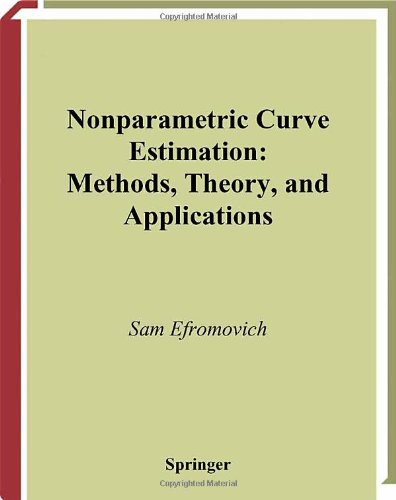

Most ebook files are in PDF format, so you can easily read them using various software such as Foxit Reader or directly on the Google Chrome browser.
Some ebook files are released by publishers in other formats such as .awz, .mobi, .epub, .fb2, etc. You may need to install specific software to read these formats on mobile/PC, such as Calibre.
Please read the tutorial at this link: https://ebookbell.com/faq
We offer FREE conversion to the popular formats you request; however, this may take some time. Therefore, right after payment, please email us, and we will try to provide the service as quickly as possible.
For some exceptional file formats or broken links (if any), please refrain from opening any disputes. Instead, email us first, and we will try to assist within a maximum of 6 hours.
EbookBell Team

4.8
44 reviewsThe methodological development of integer programming has grown by leaps and bounds in the past four decades, with its main focus on linear integer programming. However, the past few years have also witnessed certain promising theoretical and methodological achievements in nonlinear integer programming. These recent developments have produced applications of nonlinear (mixed) integer programming across a variety of various areas of scientific computing, engineering, management science and operations research. Its prominent applications include, for examples, portfolio selection, capital budgeting, production planning, resource allocation, computer networks, reliability networks and chemical engineering.
In recognition of nonlinearity's academic significance in optimization and its importance in real world applications, NONLINEAR INTEGER PROGRAMMING is a comprehensive and systematic treatment of the methodology. The book's goal is to bring the state-of-the-art of the theoretical foundation and solution methods for nonlinear integer programming to students and researchers in optimization, operations research, and computer science. This book systemically investigates theory and solution methodologies for general nonlinear integer programming, and at the same time, provides a timely and comprehensive summary of the theoretical and algorithmic development in the last 30 years on this topic. The following are some features of the book:
Duality theory for nonlinear integer programming is thoroughly discussed.
Convergent Lagrangian and cutting methods for separable nonlinear integer programming are explained and demonstrated.
Convexification scheme and the relation between the monotonicity and convexity is explored and illustrated.
A solution framework is provided using global descent.
Computational implementations for large-scale nonlinear integer programming problems are demonstrated for several efficient solution algorithms presented in the book.